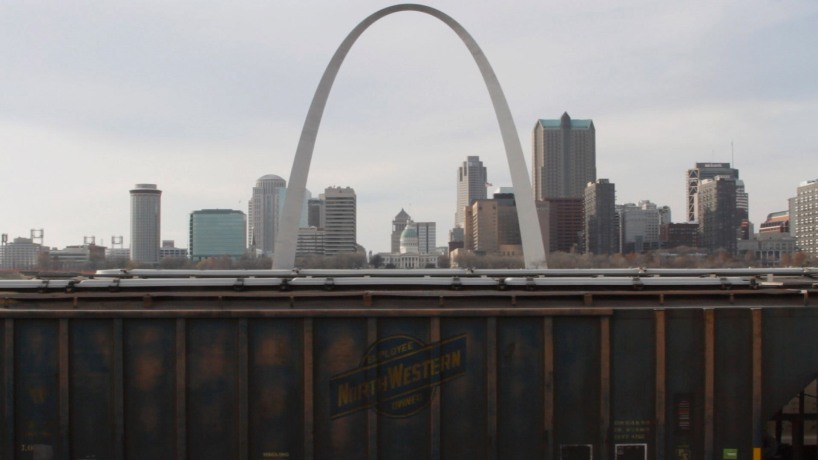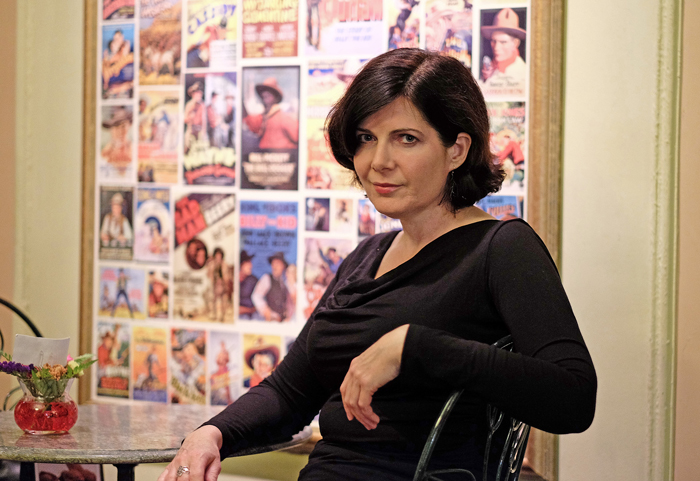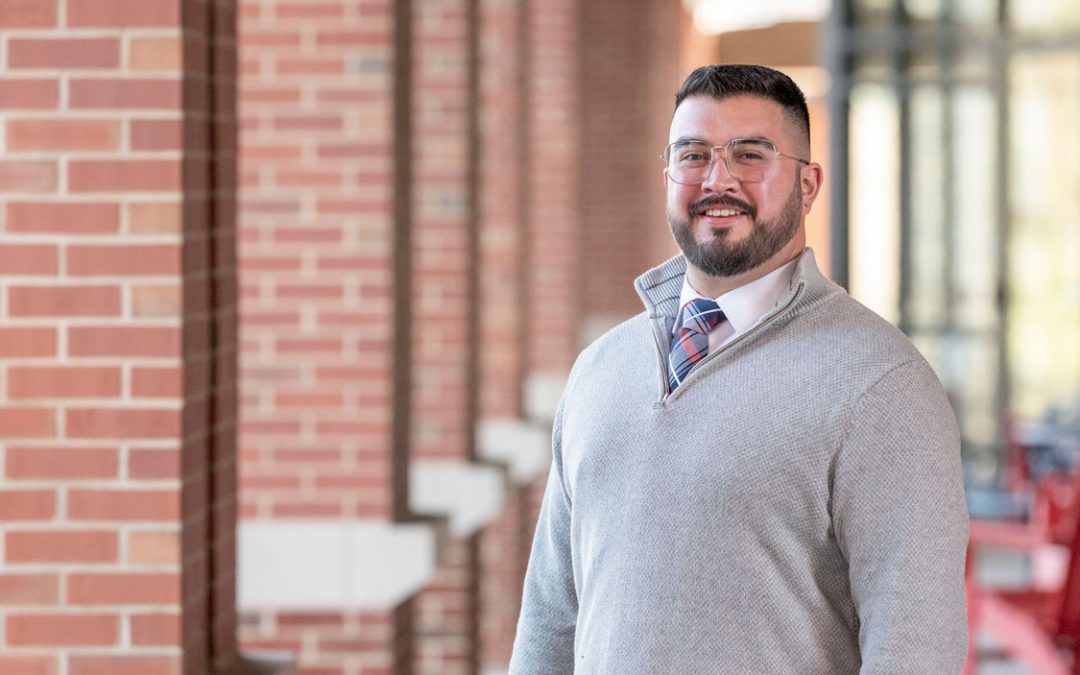
St. Louis’ past and present intertwine in “The First Secret City,” a documentary co-directed by Alison Carrick. The two-hour film premieres at noon this Sunday at the Tivoli Theatre, a venue that the UMSL alumna has frequented since childhood. (Image courtesy of Alison Carrick)
Alison Carrick has been going to see films at the Tivoli Theatre in University City, Mo., for a long time. Ever since dragging her parents to showings of old Alfred Hitchcock classics in middle school, she’s been a frequent patron of the venue.
But when she heads there this Sunday, it’s her own feature, titled “The First Secret City,” that will light up the Tivoli’s main screen. The University of Missouri–St. Louis alumna is co-director of the 123-minute documentary, which premieres at noon Nov. 15 as part of the 2015 St. Louis International Film Festival.
“The fact that a film that I made will be shown in a theater I’ve been going to since I was a kid is just mind-blowing,” says Carrick, who earned an MFA in creative writing from UMSL in 2007.
It’s a project that’s been long in coming for Carrick and her co-director, journalist C.D. Stelzer. Investigating St. Louis’ little-known role in the development of nuclear weapons in the 1940s and its continuing impact on the region, the independent film project took up much of Carrick’s spare time over the course of the last three years.

While working on her feature-length documentary “The First Secret City,” UMSL alumna Alison Carrick drew on the storytelling and editing skills she refined as a graduate student in the MFA in Creative Writing program. (Photo by August Jennewein)
“We interviewed 20 people, some of them more than once, and each of those is probably anywhere from an hour and a half to two hours,” she says. “Then we also went to meetings about twice a month for a year and a half … Many times we thought that we weren’t going to finish it. It was due to sheer willpower that we finally did.”
In wrangling hundreds of hours of footage into a feature-length film that tells a complex tale in an accessible way, Carrick’s fiction-writing training at UMSL came in handy.
“[Associate Professor of English] John Dalton was my thesis adviser, and I have to say that I learned an incredible amount from him, especially in terms of editing and how to cut out the stuff that’s not necessary to the story,” she says. “I think that did feed into the editing of the film. For instance, you don’t want to reveal it all at the beginning, because then people won’t want to watch your film or read your book.
“Even if it’s a difficult subject, you have to present it in a way that’s not going to turn them off and in a way that’s going to keep them watching.”
In the “The First Secret City,” Carrick and Stelzer get the mystery rolling by focusing the film’s first minutes on Larry Burgan, a local disabled steelworker whose life has been directly impacted by radioactive waste. He’s one of a handful of real-life characters who Carrick describes as “people who find themselves in extraordinary circumstances” and rise to the occasion.
“They’re people who found themselves in a bad situation,” she says, “and a lot of people might have just given up, but they really haven’t, and they’re also trying to help other people by educating them about the situation.”
Another key interviewee is Kay Drey, a longtime activist who has covered the issues explored in “The First Secret City” for decades.
“Everyone in St. Louis owes her a huge debt,” Carrick says. “A lot of the documentation about what happened at the St. Louis sites is because of her, because she interviewed workers, she gathered files … She kind of became the person in St. Louis that people talked to. Without her, we really wouldn’t know a lot of this stuff.”
Carrick’s top priority was making a film that does right by its challenging, timely topic and the people appearing in it.
“Midway through, it really hit me that you do have a responsibility, when you interview these people as a documentary maker – that this is their lives, and you have to do a good job with it,” she says. “So I was interested in making it good, and also I cared about the issue and felt that it was something that was not very well known.”
In her day job at the Washington University Film & Media Archive, Carrick works closely with materials such as the Henry Hampton Collection, including not just the finished documentary films themselves but the outtakes, full interview transcriptions and more.
“I have learned a lot working at the archive,” she says. “There are a lot of files and producer notes of how documentarians put together their stories, such as typed-up discussions of what to include and what not to include. It’s interesting to see what they use from one interview – it’s often just a line or two, and it’s not that the rest is uninteresting.”
Long concerned with environmental justice issues and having made shorter fiction films over the years, Carrick says it feels good to bring “The First Secret City” to fruition and see it – and the timely issues it addresses – on the St. Louis region’s radar.
“If you feel you want to do something, whether it’s make a film or write a book or whatever, I would say give yourself permission to do it,” she says. “A lot of the times, with the technological capabilities of today’s cameras, you really can do it. And that’s exciting. If you wait for someone to give you funding or give you permission, you may be waiting a long time.”















